If you're thinking about growing mushrooms at home, one of the first questions that probably pops into your head is: "Do mushrooms need sunlight?" After all, every plant you've ever grown needed plenty of sunshine, right? The answer might surprise you—and understanding it is the key to successfully growing gorgeous, healthy mushrooms in your home.
Unlike plants, mushrooms don't use photosynthesis, so they don't need sunlight for energy. However, they do need some light. Confused? Don't worry! This comprehensive guide will explain exactly what role light plays in mushroom cultivation, how much light different species need, and how to set up the perfect lighting conditions for growing mushrooms at home.
Why Mushrooms Are Completely Different from Plants
Before we dive into lighting requirements, let's clear up a common misconception. Mushrooms aren't plants—they're fungi, which means they operate on completely different biological principles.
Plants are autotrophs, meaning they create their own food through photosynthesis by converting sunlight, water, and carbon dioxide into glucose (sugar) for energy. That's why your tomatoes and basil need a sunny windowsill or grow lights to thrive.
Mushrooms are heterotrophs, like animals. They can't make their own food. Instead, they break down organic matter in their substrate (growing medium) to extract nutrients and energy. Think of them as nature's recyclers—they decompose dead wood, agricultural waste, and other organic materials to fuel their growth.

So if mushrooms don't need light for energy, why do they need light at all?
The Real Reason Mushrooms Need Light
While mushrooms don't photosynthesize, light serves a completely different purpose in their life cycle—it acts as an environmental signal. In nature, light tells mushrooms important information about their surroundings:
Directional information: Light helps mushrooms know which direction is "up" so they can orient their fruiting bodies correctly for optimal spore dispersal.
Seasonal timing: Light signals inform mushrooms about the time of year, triggering fruiting when conditions are favorable for reproduction.
Environmental conditions: The presence of light often correlates with air movement and lower humidity—conditions that indicate the mushroom has reached the surface and it's time to produce fruiting bodies (the mushrooms we see and eat).
Quality control: Light affects mushroom development, influencing cap shape, stem length, and overall appearance. Insufficient light often results in deformed mushrooms with elongated stems and tiny caps.
Think of light as a "wake-up call" that tells the mycelium (the mushroom's root-like network) that it's time to produce mushrooms rather than continuing to spread through the substrate.
How Mushrooms Detect Light
Mushrooms possess sophisticated light-sensing proteins called photoreceptors, particularly blue light receptors. These specialized proteins can detect even small amounts of light and trigger biochemical responses that influence growth patterns and developmental stages.
Most mushroom species are especially sensitive to blue wavelengths (400-500 nanometers), which is why natural daylight works so well for mushroom cultivation—it contains plenty of blue light. This is also why many mushroom growers successfully use simple LED or fluorescent lights rather than expensive specialized systems.
Light Requirements During Different Growth Stages
Understanding that mushrooms have two distinct growth phases is crucial for providing optimal light conditions. Each phase has completely different lighting needs.
Colonization Phase: Darkness Is Best
During the initial colonization phase, mycelium spreads through your substrate, breaking down nutrients and establishing a strong network. This vegetative growth phase requires:
Complete darkness or very low light: Mycelium actually grows fastest in dark conditions. While exposure to light won't harm the mycelium, darkness encourages faster colonization.
Consistent temperature: Most species prefer 70-75°F during colonization. Temperature matters more than light at this stage.
High humidity: Maintain 80-90% humidity to prevent substrate from drying out.
Minimal air exchange: Just enough to prevent CO2 buildup without drying the substrate.
This phase typically lasts 2-4 weeks depending on the species and substrate size. For detailed information about mycelium development, check our comprehensive guide on mycelium growth timelines.

Fruiting Phase: Light Becomes Important
Once your substrate is fully colonized and you're ready to trigger fruiting, light requirements change dramatically:
Indirect natural light or artificial lighting: Mushrooms need light signals to form proper fruiting bodies, but direct sunlight is too intense and can dry out your mushrooms.
12-hour light cycles: Most mushroom species respond well to 12 hours of light followed by 12 hours of darkness, mimicking natural day-night cycles.
Moderate intensity: Bright room lighting (around 500-1000 lux) is typically sufficient. You don't need intense grow lights like those used for plants.
Increased air exchange: Fresh air becomes crucial during fruiting to prevent CO2 buildup and encourage healthy mushroom formation.
The Lykyn Smart Mushroom Grow Chamber takes all the guesswork out of these environmental transitions. Its ambient lighting system provides real-time feedback—blue for hydration, yellow for stress, green for optimal conditions—while automatically maintaining perfect humidity and airflow for each growth stage.
How Much Light Do Mushrooms Actually Need?
Now let's get specific. How bright should the light be, and for how long?
Light Intensity Requirements
Unlike plants that need intense light measured in thousands of lumens, mushrooms thrive with surprisingly modest lighting:
300-500 lux: Minimum for most species to fruit properly 500-1000 lux: Ideal range for optimal mushroom development 1000-1500 lux: Upper range—higher intensities don't improve results
For reference, a typical well-lit room provides about 300-500 lux, while a bright room with large windows might reach 1000 lux. You definitely don't need expensive grow lights designed for plants.
Duration and Timing
Most cultivated mushroom species respond well to consistent lighting schedules:
12 hours on, 12 hours off: Mimics natural day-night cycles Consistent timing: Try to maintain the same schedule daily Natural variation is okay: Mushrooms tolerate slight variations in lighting duration
Some growers successfully use continuous low-level lighting (24 hours), while others report good results with as little as 4-6 hours of light daily. The key is consistency rather than precision.
Light Spectrum Matters (But Not As Much As You'd Think)
While mushrooms are most sensitive to blue light wavelengths, they'll grow successfully under various light sources:
Natural daylight: Contains full spectrum including plenty of blue light—perfect for mushrooms Cool white fluorescent bulbs: Emit sufficient blue wavelengths and work excellent for mushroom growing LED lights: Energy-efficient and provide adequate spectrum, especially "daylight" or "cool white" LEDs Warm incandescent bulbs: Less ideal due to heat output and poor spectrum, but can work
Avoid direct sunlight, which is far too intense and can cause mushrooms to dry out, overheat, or develop poorly.
Species-Specific Light Requirements
Different mushroom species have evolved in different natural habitats, giving them varying light preferences for optimal growth.
Oyster Mushrooms: Flexible and Forgiving
Oyster mushrooms (Pleurotus species) rank among the most light-tolerant mushrooms for cultivation. They'll fruit successfully in various lighting conditions:
- Tolerate light during colonization without significant slowdown
- Fruit well with 500-1000 lux during fruiting phase
- Can handle somewhat higher light levels than many species
- Respond beautifully to natural indirect window light
These characteristics make oyster mushrooms perfect for beginners. Learn more about growing these versatile fungi in our oyster mushroom guide or discover the stunning golden oyster variety.
Shiitake Mushrooms: Moderate Light Needs
Shiitake mushrooms prefer moderate light conditions similar to filtered forest light:
- Darkness during colonization produces faster mycelial growth
- 500-1000 lux during fruiting is ideal
- Slightly less tolerant of high light than oyster mushrooms
- Benefit from consistent 12-hour light cycles
Lion's Mane Mushrooms: Lower Light Tolerance
Lion's mane mushrooms naturally grow on hardwood trees in shaded forest conditions, making them somewhat light-sensitive:
- Strongly prefer darkness during colonization
- 300-800 lux during fruiting phase
- Higher light levels can cause deformed growth
- Work excellently with simple room lighting away from windows
Our detailed lion's mane cultivation guide covers all aspects of growing this fascinating brain-boosting mushroom, including optimal light conditions through each lion's mane growth stage.
Button and Cremini Mushrooms: Thrive in Darkness
Common button mushrooms (Agaricus bisporus) have unique light requirements:
- Can fruit completely in darkness
- Light causes browning of caps
- Commercial growers often use complete darkness
- Home growers can use very low light levels if desired
This explains why button mushrooms at the store are so white—they're grown in near-complete darkness!

Setting Up Proper Lighting for Home Mushroom Growing
Creating the right lighting environment for home mushroom cultivation doesn't require expensive equipment or complicated setups. Here's how to do it simply and effectively.
Option 1: Natural Indirect Window Light
The easiest and most cost-effective lighting solution for small-scale home growing:
Location: Place your mushroom grow kit 3-6 feet from a window that receives indirect natural light. Avoid direct sun exposure.
Orientation: North-facing windows (in Northern Hemisphere) provide ideal indirect light without harsh afternoon sun.
Season adjustments: Winter provides gentler light; summer may require moving your setup farther from windows or using sheer curtains to diffuse light.
Cost: Free! Just use existing natural light.
This method works perfectly for most home growers producing small quantities of mushrooms for personal consumption.
Option 2: Simple Artificial Lighting
For growing in spaces without adequate natural light, or for more consistent results:
Fluorescent tube lights: Standard shop lights or under-cabinet fixtures work excellently. Position 12-18 inches above mushrooms.
LED bulbs: Use "daylight" or "cool white" bulbs (4000-6500K color temperature) in standard fixtures. More energy-efficient than fluorescent.
Timer: Invest in a simple electrical timer ($10-15) to automate 12-hour on/off cycles for consistency.
Power: One or two standard bulbs (equivalent to 40-60 watt incandescent) provide sufficient light for small growing areas.
The beauty of mushroom cultivation is that you don't need the intense, expensive lighting systems required for growing plants indoors. A basic setup costs under $30 and lasts for years.
Option 3: Automated Smart Growing Systems
For the ultimate convenience and consistent results, automated growing systems handle all environmental factors including lighting:
The Lykyn Smart Mushroom Grow Chamber provides integrated environmental control that optimizes every aspect of mushroom cultivation. Its ambient lighting system doesn't just provide light—it communicates your mushrooms' status through color changes, while the automated systems maintain perfect humidity and airflow. Simply select your mushroom species in the app, and the chamber handles the rest.
This approach is ideal for beginners who want guaranteed success or experienced growers seeking consistent, high-quality results without daily monitoring.
Common Lighting Mistakes and How to Avoid Them
Even with proper information, certain lighting errors commonly frustrate new mushroom growers. Here's what to watch out for:
Mistake #1: Using Direct Sunlight
The problem: Direct sun exposure causes overheating, rapid dehydration, and poor mushroom development. Even a few hours of direct afternoon sun can damage your mushrooms.
The solution: Always use indirect light. If growing near windows, ensure mushrooms receive filtered or reflected light rather than direct sun exposure. Sheer curtains work well for diffusing harsh light.
Mistake #2: Growing in Complete Darkness During Fruiting
The problem: While mycelium colonizes well in darkness, fruiting bodies need light signals to develop properly. Complete darkness during fruiting produces elongated, deformed mushrooms with poor cap development.
The solution: Introduce light once colonization is complete and you're ready to trigger fruiting. Even modest room lighting makes a dramatic difference in mushroom quality.
Mistake #3: Inconsistent Light Schedules
The problem: Erratic lighting—sometimes lots of light, sometimes none—confuses mushrooms' developmental signals and can reduce yields or cause irregular fruiting.
The solution: Establish consistent lighting schedules using timers or natural light patterns. Mushrooms respond best to predictable environmental cues.
Mistake #4: Using Only Warm Incandescent Bulbs
The problem: Traditional incandescent bulbs emit mostly red-yellow wavelengths and significant heat. Mushrooms detect blue light best, and excessive heat dries out your growing environment.
The solution: Switch to cool white fluorescent or LED bulbs that provide better spectrum and generate minimal heat. They're also far more energy-efficient for running 12 hours daily.
Featured Snippet Summary
Mushrooms don't need sunlight for photosynthesis like plants do. Instead, light acts as an environmental signal that triggers proper fruiting and directional growth. Most mushroom species thrive with 12 hours of indirect light (500-1000 lux) during the fruiting phase, while preferring darkness during colonization. Simple room lighting or indirect window light provides sufficient illumination—intense plant grow lights aren't necessary.
Frequently Asked Questions About Mushrooms and Light
Q: Can I grow mushrooms in complete darkness?
A: While mycelium colonizes substrate fastest in complete darkness, most mushroom species require some light to produce properly formed fruiting bodies. Button mushrooms (Agaricus bisporus) are an exception and can fruit completely in darkness. For species like oyster mushrooms, shiitake, and lion's mane, introducing light during the fruiting phase dramatically improves mushroom quality, shape, and development. Even modest room lighting (300-500 lux) provides sufficient signals for healthy mushroom formation. Growing entirely in darkness typically results in elongated, deformed mushrooms with poor cap development and reduced yields.
Q: Will LED grow lights work for mushrooms, or do I need special mushroom lights?
A: Standard LED lights work perfectly for mushroom cultivation—no special "mushroom lights" required. Simple "cool white" or "daylight" spectrum LEDs (4000-6500K color temperature) provide excellent results because they emit sufficient blue wavelengths that mushrooms detect. Unlike plants requiring intense, specialized grow lights, mushrooms thrive under modest lighting equivalent to bright room illumination. The intense LED grow lights designed for cannabis or tomatoes are complete overkill for mushrooms and waste electricity. A basic LED bulb or fixture providing 500-1000 lux is ideal. The Lykyn Smart Mushroom Grow Chamber includes integrated lighting optimized specifically for mushroom cultivation alongside automated humidity and airflow controls.
Q: How do I know if my mushrooms are getting enough light?
A: Mushrooms give clear visual signals about their light exposure. Healthy mushrooms with adequate light develop proportional stems and fully expanded caps with rich coloration appropriate to their species. Mushrooms receiving insufficient light develop long, thin, elongated stems (often called "leggy" growth) with small, underdeveloped caps that may not fully open. This etiolation (stretching toward light) indicates your mushrooms need more light or should be moved closer to your light source. Golden oyster mushrooms provide particularly obvious feedback—proper light exposure creates vibrant yellow-gold coloration, while insufficient light produces pale, washed-out colors. For detailed guidance on proper development, see our article on when to harvest oyster mushrooms.
Q: Do different colored lights affect mushroom growth differently?
A: Yes, light spectrum affects mushroom development, though not as dramatically as with plants. Mushrooms possess blue light photoreceptors (400-500nm wavelength) that strongly influence their developmental responses, making blue-rich light sources most effective for triggering proper fruiting. Cool white light sources (fluorescent or LED) emit adequate blue wavelengths for excellent results. Red light alone provides minimal signals that mushrooms can detect effectively. However, full-spectrum white light (containing all wavelengths including blue) works perfectly, which is why natural indirect daylight produces outstanding results. Warm incandescent bulbs emit mostly red-yellow wavelengths with less blue, making them less ideal—plus they generate excess heat that can dry out your growing environment.
Q: Can mushrooms get too much light?
A: Yes, excessive light exposure causes several problems for mushroom cultivation. Direct sunlight is far too intense—it causes overheating, rapid dehydration, sunburn-like damage to delicate mushroom tissue, and deformed growth patterns. Most mushroom species naturally grow in shaded forest environments with filtered light, not full sun exposure. Excessive artificial light (over 2000 lux continuously) doesn't improve growth and wastes electricity—mushrooms have evolved to fruit with forest-level light, not intense daylight. For most species, 500-1000 lux during a 12-hour photoperiod provides optimal conditions. If you notice mushrooms developing dark, dried spots on their caps or showing signs of stress, reduce light intensity or move them farther from your light source. Learn more about optimal growing conditions in our comprehensive guide on mushroom light requirements.
Start Growing Mushrooms with Perfect Lighting Today
Understanding that mushrooms need light as a signal rather than an energy source is your first step toward successful home cultivation. By providing appropriate indirect lighting during the fruiting phase while keeping things dark during colonization, you'll grow healthy, well-formed mushrooms that rival anything you'd find at gourmet markets.
The best part? You don't need expensive equipment or complicated setups. Simple indirect window light or basic fluorescent fixtures provide everything your mushrooms need to thrive. And if you want guaranteed results with zero guesswork, the Lykyn Smart Mushroom Grow Chamber automates lighting alongside humidity and airflow for foolproof cultivation every time.
Ready to start growing gorgeous gourmet mushrooms at home? Check out our complete selection of mushroom growing resources and discover how easy and rewarding home cultivation can be. Whether you're growing oyster mushrooms, shiitake, or lion's mane, proper lighting combined with optimal environmental conditions will deliver abundant harvests that transform your home cooking.
Stop wondering about lighting requirements and start growing! Your first harvest of fresh, flavorful mushrooms is just weeks away when you provide the simple light conditions these fascinating fungi need to thrive.

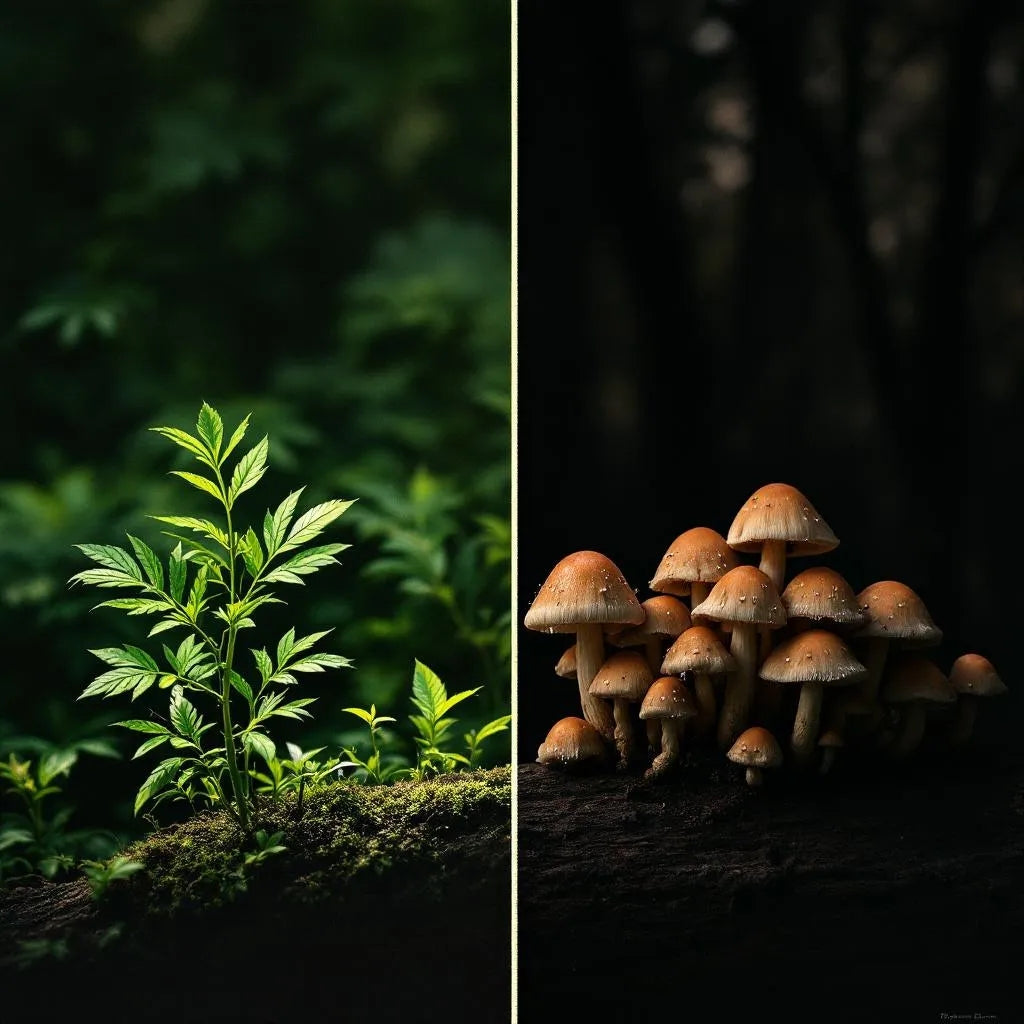




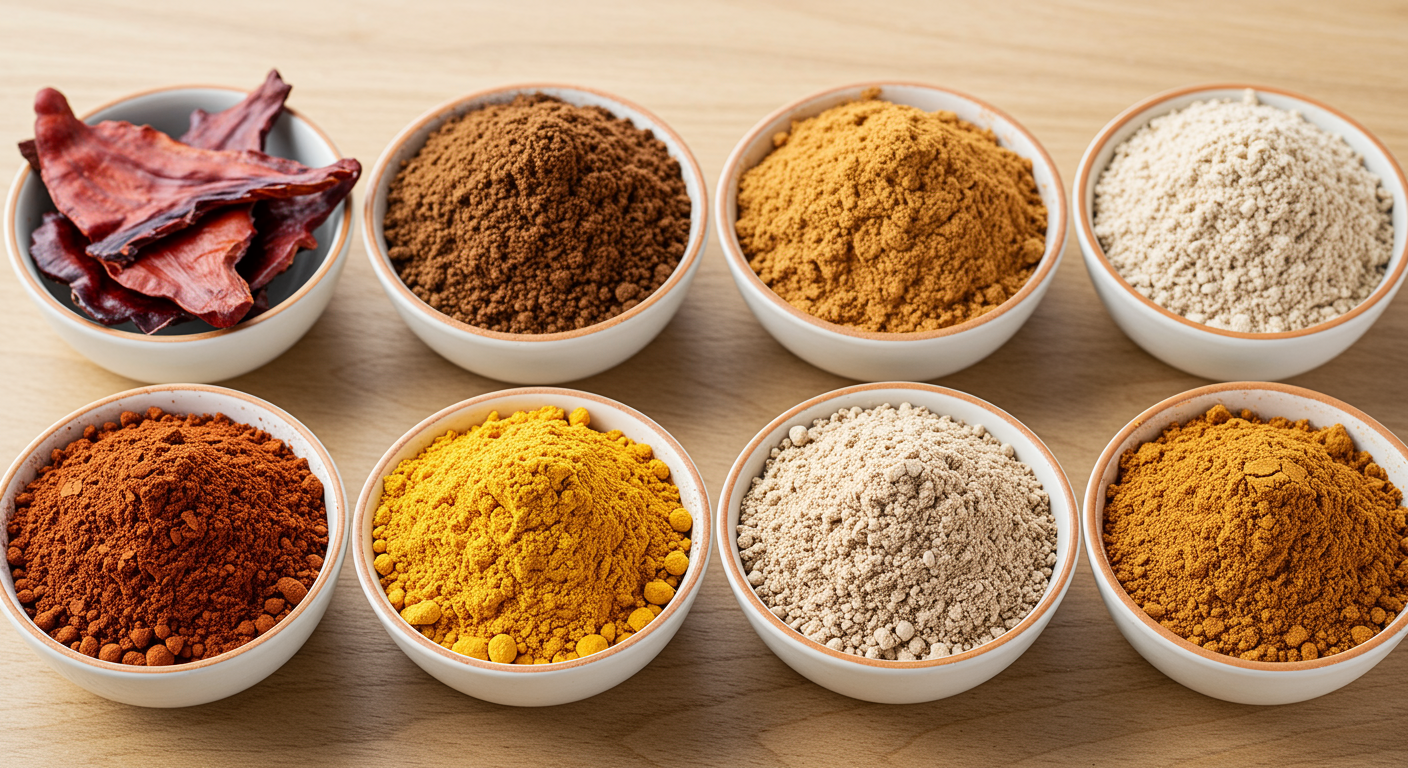

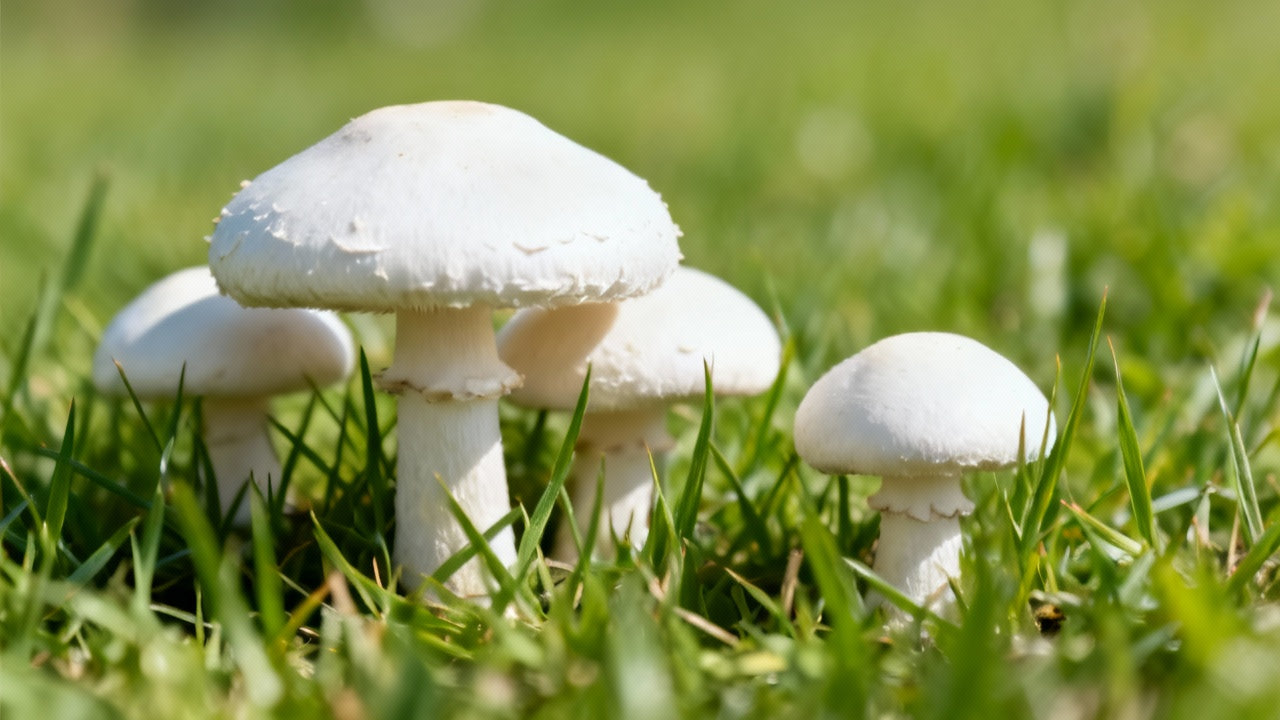
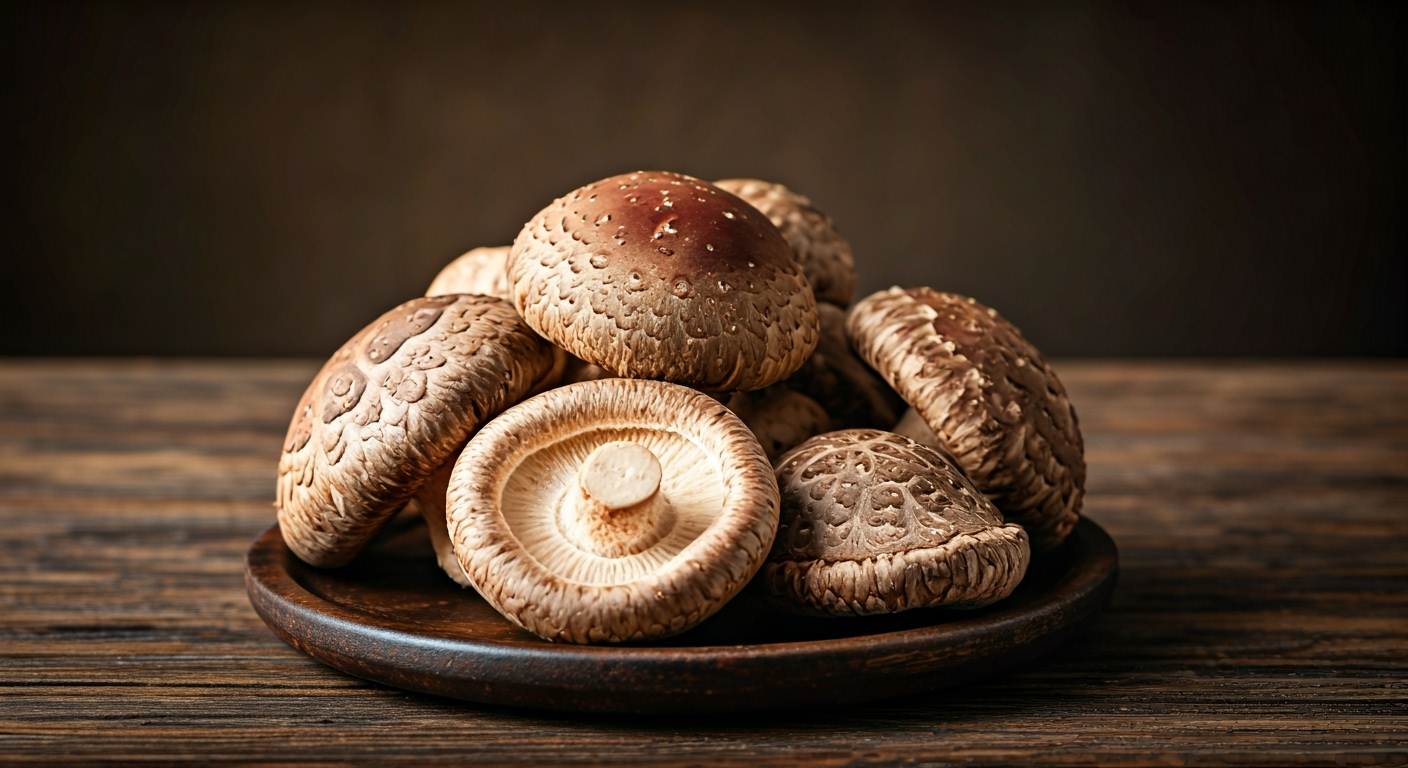
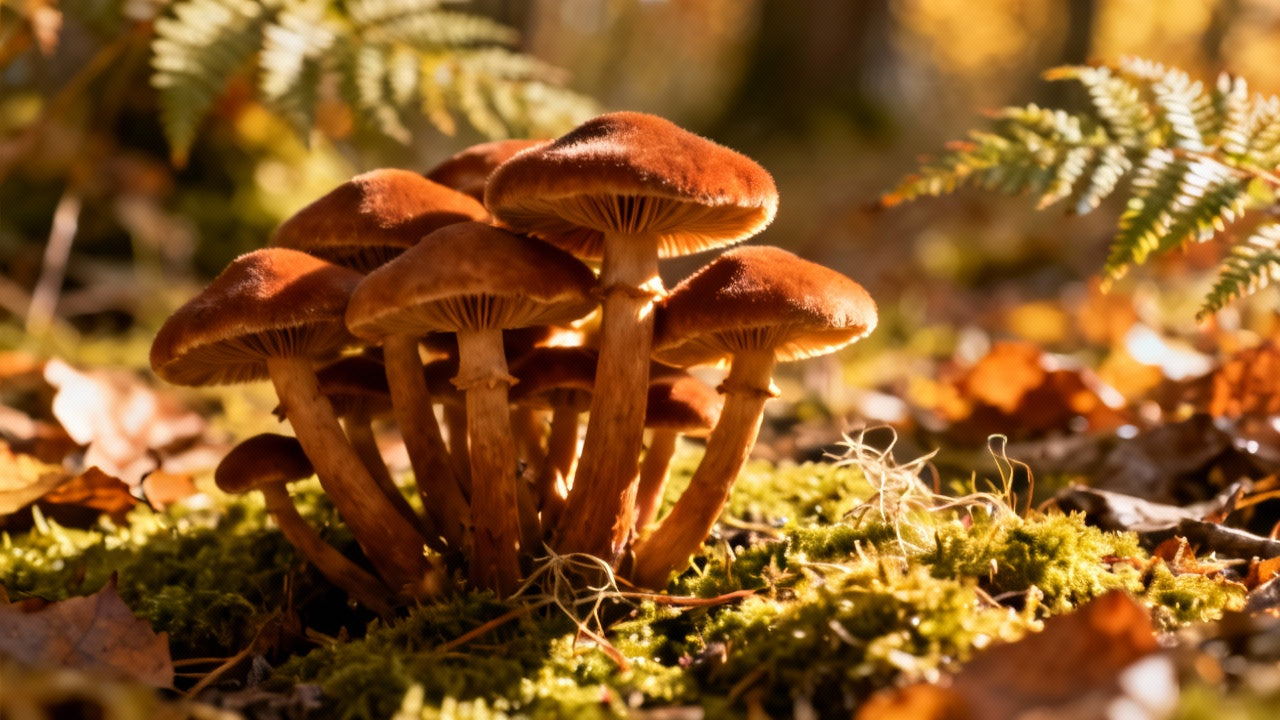
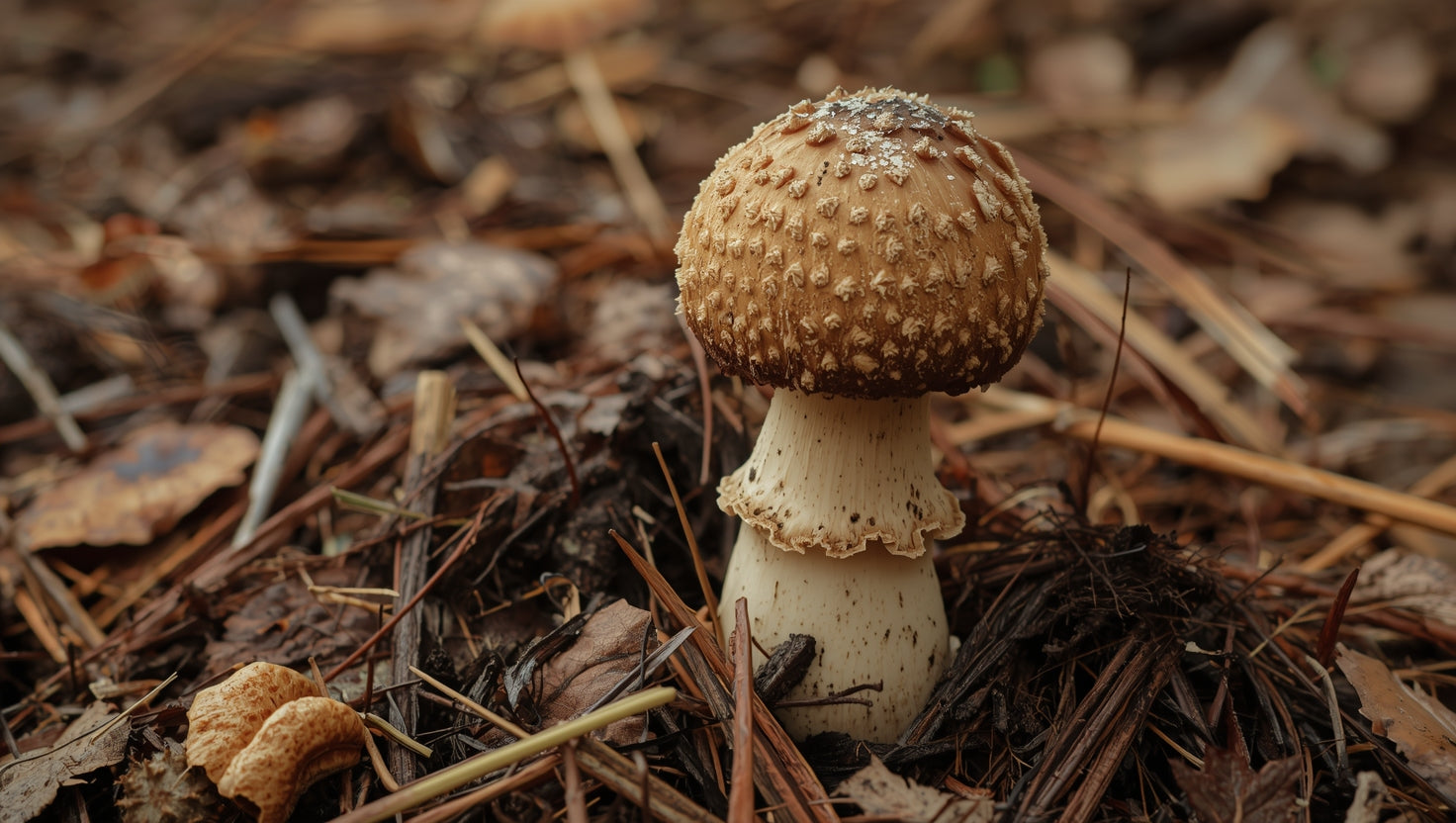
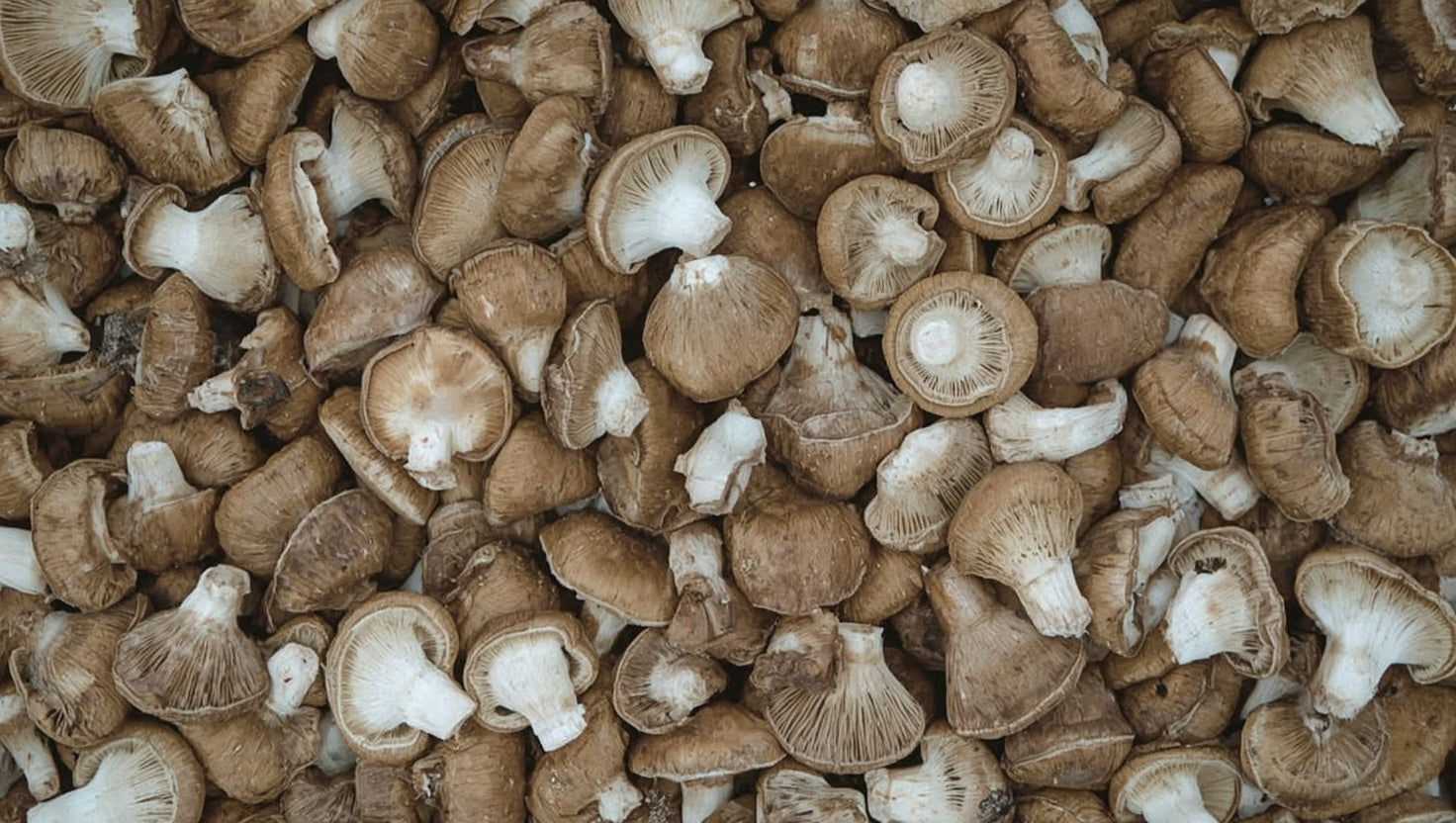
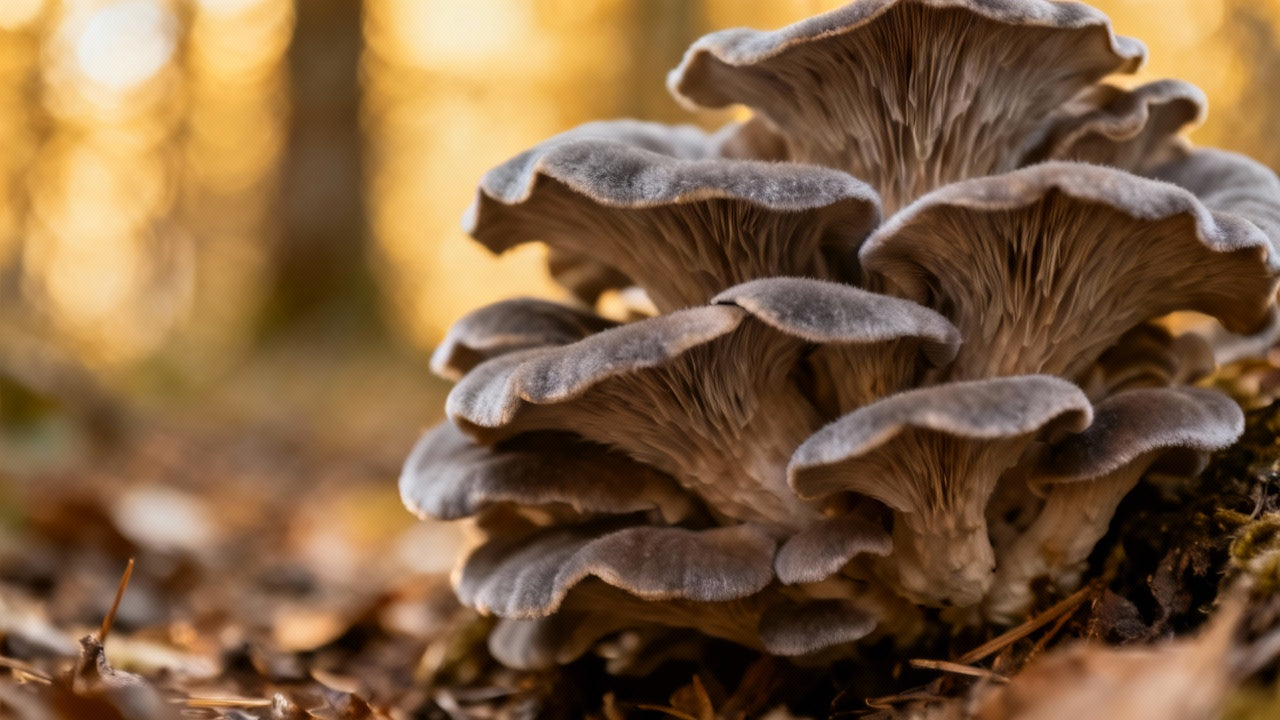
Share:
Edible Mushrooms: The Complete 2025 Guide to Safe Identification and Growing
How to Fry Morel Mushrooms: A Simple Step-by-Step Recipe for Crispy Perfection